UX Research
Field Research for a Carpet Cleaning Loyalty Program
Summary
Avoiding costly mistakes through creative research and testing.
There’s as much creativity involved in designing a good research plan as there is in any other part of the product development process.
This client gave me the freedom to make their problem my own and design a research approach that would get the answers we needed to prevent costly guesses and mistakes.
As the sole UX researcher, I uncovered the core elements of a good loyalty program, recommended pieces that should go into their program, and tested how it all came together for their customers.
By the end, I felt as invested as they were in building on the goodwill, trust, and loyalty their customers already felt for their carpet cleaning service.
Client
National Carpet Cleaning Chain
Year
2019
Industry
Home Services
Services Provided
User Research
Business Analysis
100+
Pages of Documentation
24+
Hours of field research
20+
User interviews/usability tests
400+
Customer feedback data points
The Problem
Customers put off carpet cleaning as long as possible.
The client - a very successful national carpet cleaning chain - was facing a common problem in its industry; people aren't eager to get their carpets cleaned.
Despite delivering some of the best results in the industry (with sterling customer reviews), they couldn’t figure out how to get their most loyal customers to return more frequently and new customers to commit to becoming repeat customers.
“I’ve always felt that they do the best job. I won’t hire anybody else now. I just do smaller sections when they come out. I like the quality.”
- Customer quote from research
The Solution
A custom-designed and adaptive research and testing plan.
As the sole UX researcher on the project, I designed a research plan to uncover the key characteristics of successful loyalty programs, dig into the core needs and pain points of customers, test potential loyalty program models, and design a final program that would accomplish the core business goals of increased customer frequency, average purchase, and overall loyalty.
Research Methods
Competitive Analysis
Field Research
Market Test
Usability Tests
The Process
Step 1: Competitive Analysis
In preparation for an initial workshop with the client, I conducted research into loyalty programs to determine the characteristics that the client needed to ensure were baked into any potential program they may choose. I provided analysis and recommendations for an initial program structure that we explored during the two-day workshop.
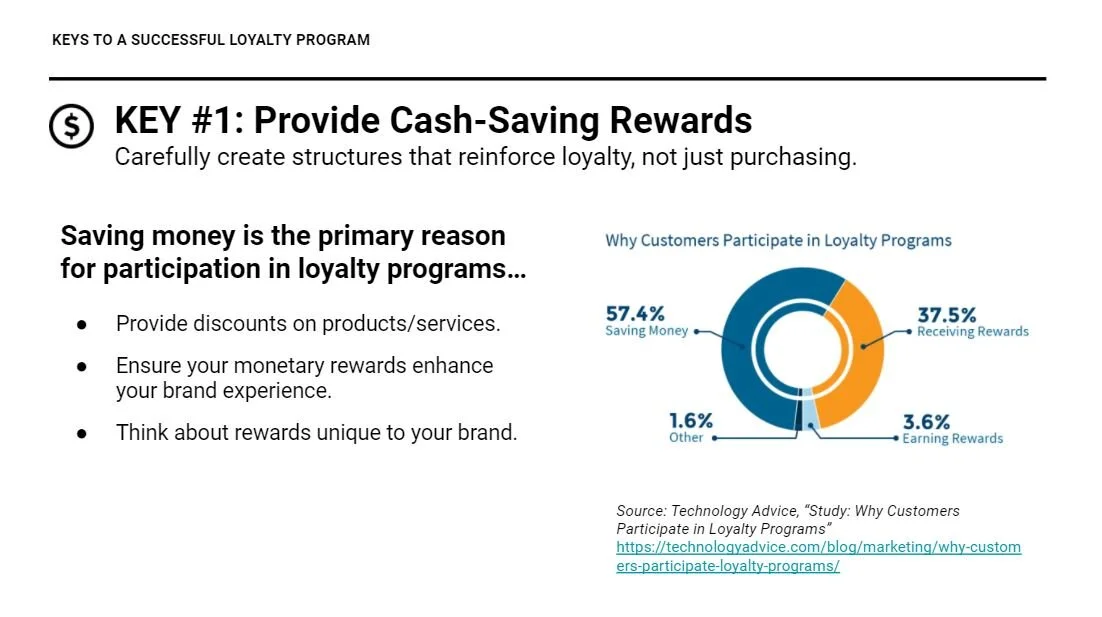
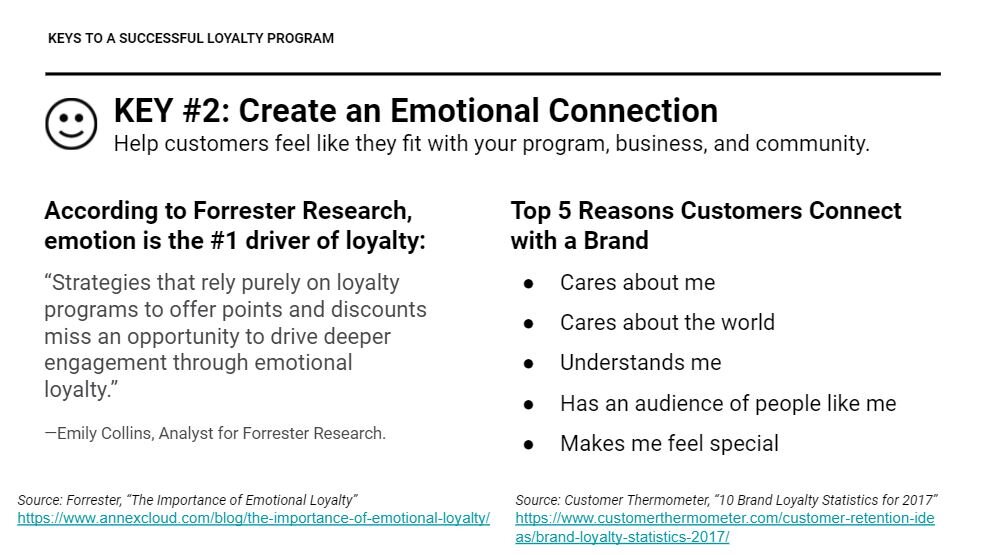
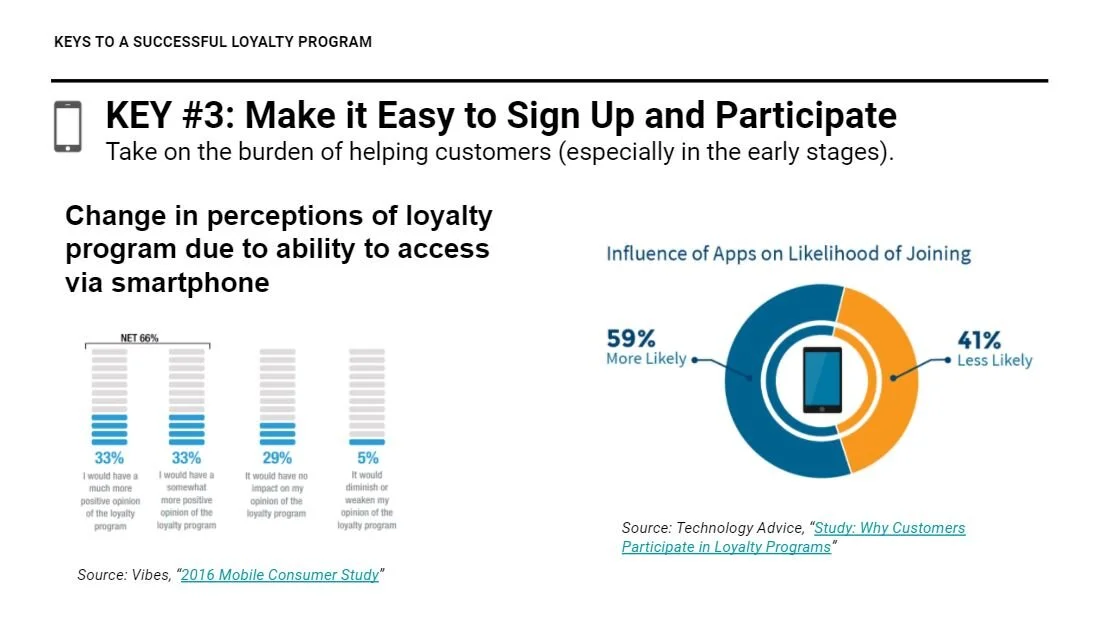
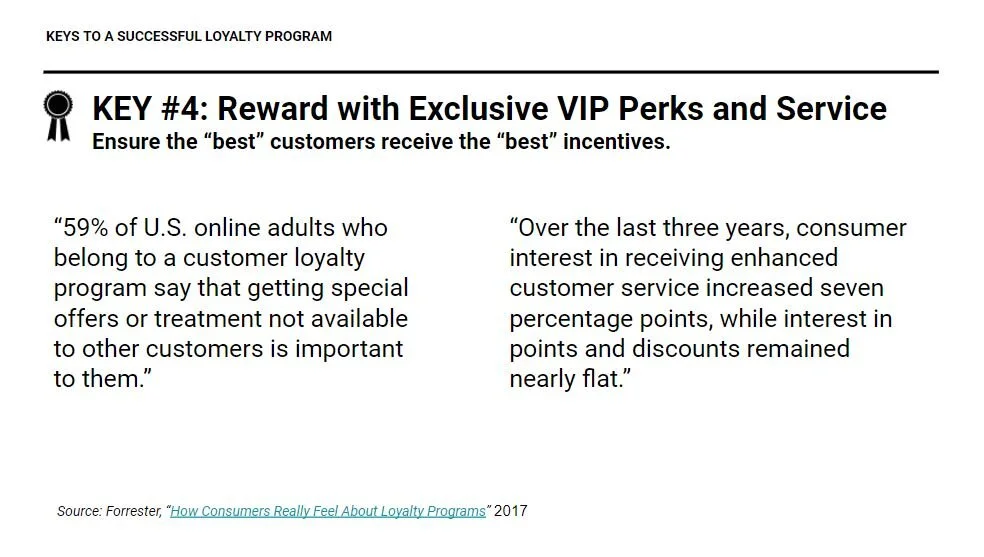
Step 2: Field Research
I spent a week riding along with cleaning technicians on their service calls so I could observe the in-home experience firsthand, interview customers about their experience with the process, and talk to technicians about their pain points. This insight was crucial to understanding how any loyalty program would actually play out in the home where the service is conducted.
Field Research Outcomes
Confirmed the client was excellent at meeting core customer needs and gained clarity around what motivates customers to schedule service.
Identified opportunities to improve usability in the booking process and create better in-home experiences for customers and technicians.
Discovered that customers already have high loyalty and trust in the client, so packaged services might be more useful for them than a traditional loyalty program.
Created a 46-page written report to summarize the findings.
“Cords and hoses are the most frustrating part of the job. They get tangled, you have to bring them up and downstairs... Everybody works a little different.”
Step 3: Internal Focus Groups
To capture the perspective of internal stakeholders who are central to the booking process and who communicate with customers, I conducted one in-person group interview with six employees and four individual phone interviews with employees from around the country.
Focus Group Outcomes
Identified the key stages of a typical day and the workflow used to manage those stages.
Confirmed the things employees need to feel able to deliver a great customer experience.
Uncovered the problems internally that can lead to things going wrong and the subsequent consequences to customers.
Identified the most frequently asked questions and areas of confusion for customers.
Gained perspective from multiple franchises in various locations.
“At some point in the middle of the day, the customer has decided whether they like us or not.”
I took the insights from the field research and employee interviews and created a plan to test a possible packaged services offering in the field.
The intention was to capture enough data and information to test our hypothesis that sales packages would increase customer loyalty.
We created three packages, designed a sales flyer for technicians to show customers, and provided talking points to the technicians so they could offer it during in-home visits over six weeks.
Step 4: Market Test



Step 5: Usability Testing
At the same time that we were testing sales packages in the field, our team was doing an audit of the existing online booking tool for the client and coming up with new designs and prototypes to make that experience better.
I conducted usability tests with six users split across mobile and desktop to compare the current booking tool with the prototype design.

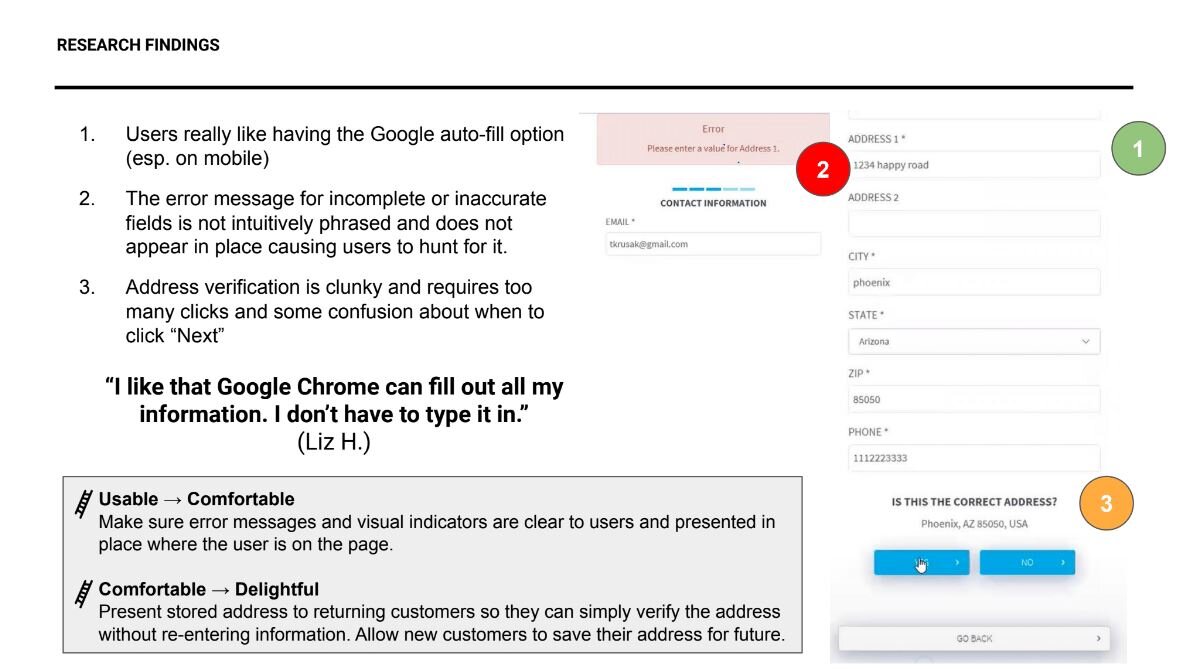

The Results
Pivoting to avoid a mistake.
My research uncovered the surprising conclusion that customers didn’t want a subscription model or loyalty program. Armed with this discovery, we were able to help the client pivot, honing their business strategy through other market differentiators such as package deals, improved digital experiences, and a focus on employee engagement and satisfaction. With our help, they were able to dodge a costly business misstep and focus on areas for real growth.



